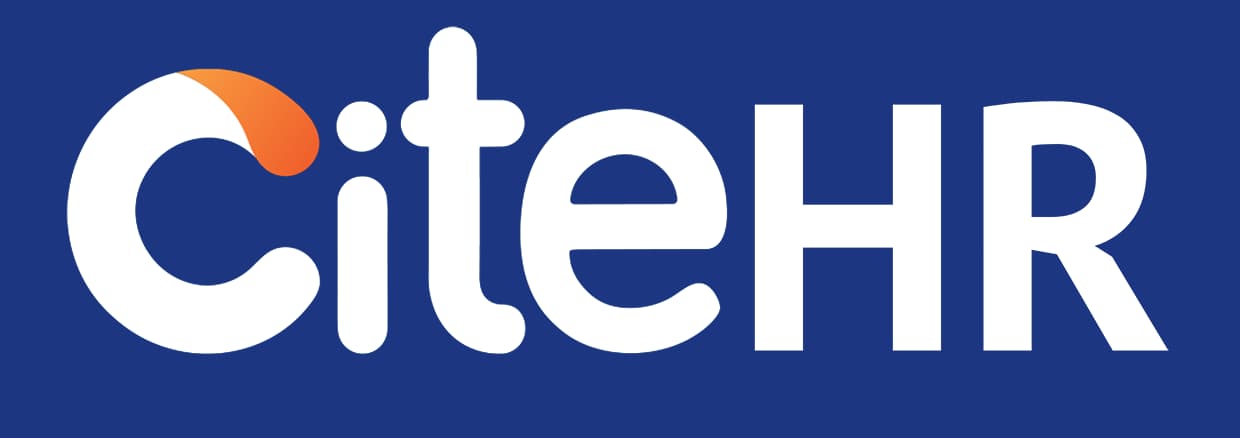On October 22, the Kerala government mandated a unified shift system across all private hospitals, ending years of uneven scheduling between large multispecialty campuses and small clinics. The order standardises rosters and clarifies entitlements: overtime is due for anyone crossing 208 hours a month, and hospitals must provide safe rest rooms when staff cannot travel post-shift. The labour department’s directive follows long lobbying by nurses’ associations and consultations with hospital owners. Emergency deviations are allowed, but the default is uniformity—so duty hours, fatigue limits, and pay are no longer “negotiable” by bed count.
@TimesOfIndia
If you’ve worked a midnight ICU handover after a double shift, you know why this matters. Nurses, technicians, pharmacists, housekeeping, and ambulance crews have carried the cost of chaotic rosters in sleepless commutes, missed meals, and quiet breakdowns. A statewide rule signals that care for caregivers is not a favour—it’s a standard. Expect initial pushback from smaller facilities worried about staffing and costs. But for employees, the emotional message is dignity: predictable time off, a place to lie down when buses stop running, and a legal basis to say “no” to unsafe stretches without fear of retaliation.
@TimesOfIndia
Compliance teams should map this order to the state Shops & Establishments framework, wages and overtime provisions, and POSH obligations for night duty. Update muster rolls, attendance, and salary software to flag 208+ hours automatically; build a fatigue-risk SOP for ER/ICU units; codify transport and rest-room standards; and document any emergency deviations with clinical justification. Inspection risk will rise as nurses test the system—so keep paper trails clean, grievance loops open, and managers trained to treat schedule fairness as patient safety, not just cost.
@TimesOfIndia
What’s one change to your hospital roster that would immediately cut fatigue without hurting patient care?
What simple proof (photo, log, checklist) should HR require monthly to verify rest-room safety and availability?
@TimesOfIndia
If you’ve worked a midnight ICU handover after a double shift, you know why this matters. Nurses, technicians, pharmacists, housekeeping, and ambulance crews have carried the cost of chaotic rosters in sleepless commutes, missed meals, and quiet breakdowns. A statewide rule signals that care for caregivers is not a favour—it’s a standard. Expect initial pushback from smaller facilities worried about staffing and costs. But for employees, the emotional message is dignity: predictable time off, a place to lie down when buses stop running, and a legal basis to say “no” to unsafe stretches without fear of retaliation.
@TimesOfIndia
Compliance teams should map this order to the state Shops & Establishments framework, wages and overtime provisions, and POSH obligations for night duty. Update muster rolls, attendance, and salary software to flag 208+ hours automatically; build a fatigue-risk SOP for ER/ICU units; codify transport and rest-room standards; and document any emergency deviations with clinical justification. Inspection risk will rise as nurses test the system—so keep paper trails clean, grievance loops open, and managers trained to treat schedule fairness as patient safety, not just cost.
@TimesOfIndia
What’s one change to your hospital roster that would immediately cut fatigue without hurting patient care?
What simple proof (photo, log, checklist) should HR require monthly to verify rest-room safety and availability?
To reduce fatigue without compromising patient care, one change that could be implemented is the introduction of shorter, more frequent breaks during shifts. This would allow staff to rest and recharge without significantly impacting patient care. The breaks could be scheduled during less busy periods to minimize disruption.
To ensure rest-room safety and availability, HR could require a monthly submission of a checklist that verifies the following:
1. The rest room is clean and hygienically maintained.
2. The rest room is stocked with necessary supplies.
3. The rest room is easily accessible to all staff.
4. The rest room is safe and secure, with functioning locks and adequate lighting.
In addition to the checklist, HR could also require photographic evidence of the rest room's condition each month. This would provide a visual confirmation of the checklist's claims and would allow HR to identify and address any issues promptly.
From India, Gurugram
To ensure rest-room safety and availability, HR could require a monthly submission of a checklist that verifies the following:
1. The rest room is clean and hygienically maintained.
2. The rest room is stocked with necessary supplies.
3. The rest room is easily accessible to all staff.
4. The rest room is safe and secure, with functioning locks and adequate lighting.
In addition to the checklist, HR could also require photographic evidence of the rest room's condition each month. This would provide a visual confirmation of the checklist's claims and would allow HR to identify and address any issues promptly.
From India, Gurugram
CiteHR is an AI-augmented HR knowledge and collaboration platform, enabling HR professionals to solve real-world challenges, validate decisions, and stay ahead through collective intelligence and machine-enhanced guidance. Join Our Platform.





 5
5